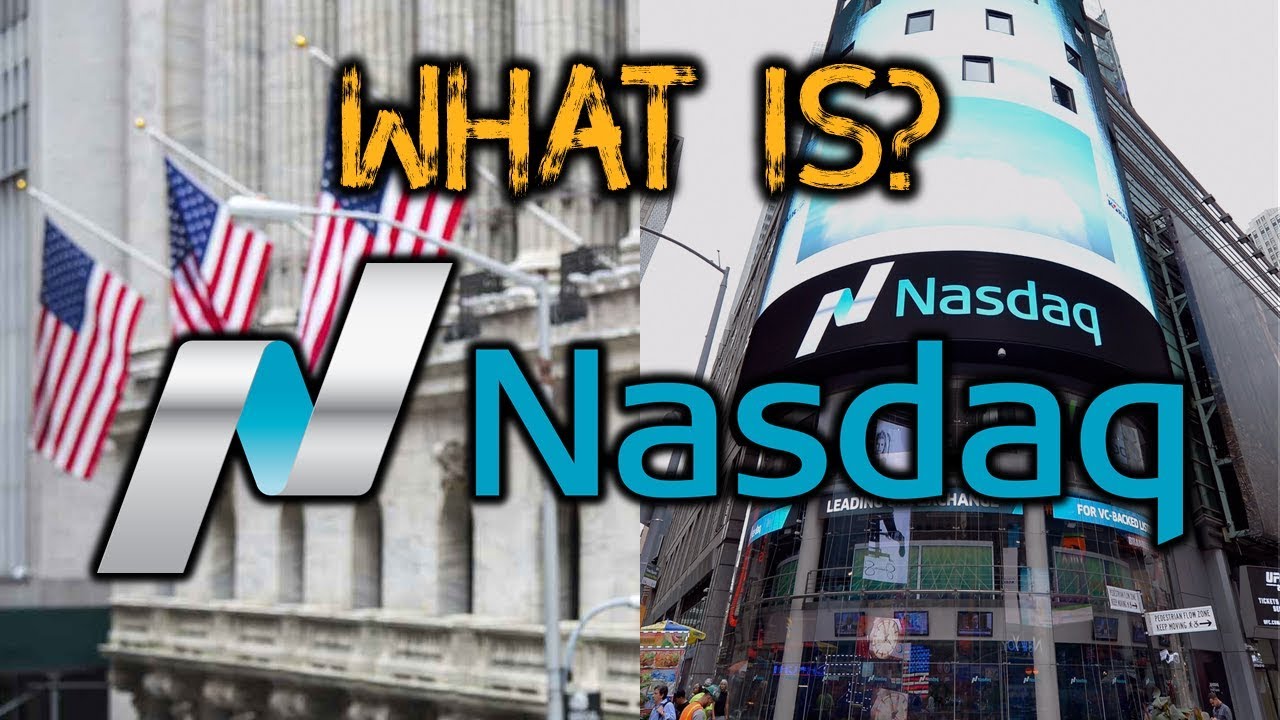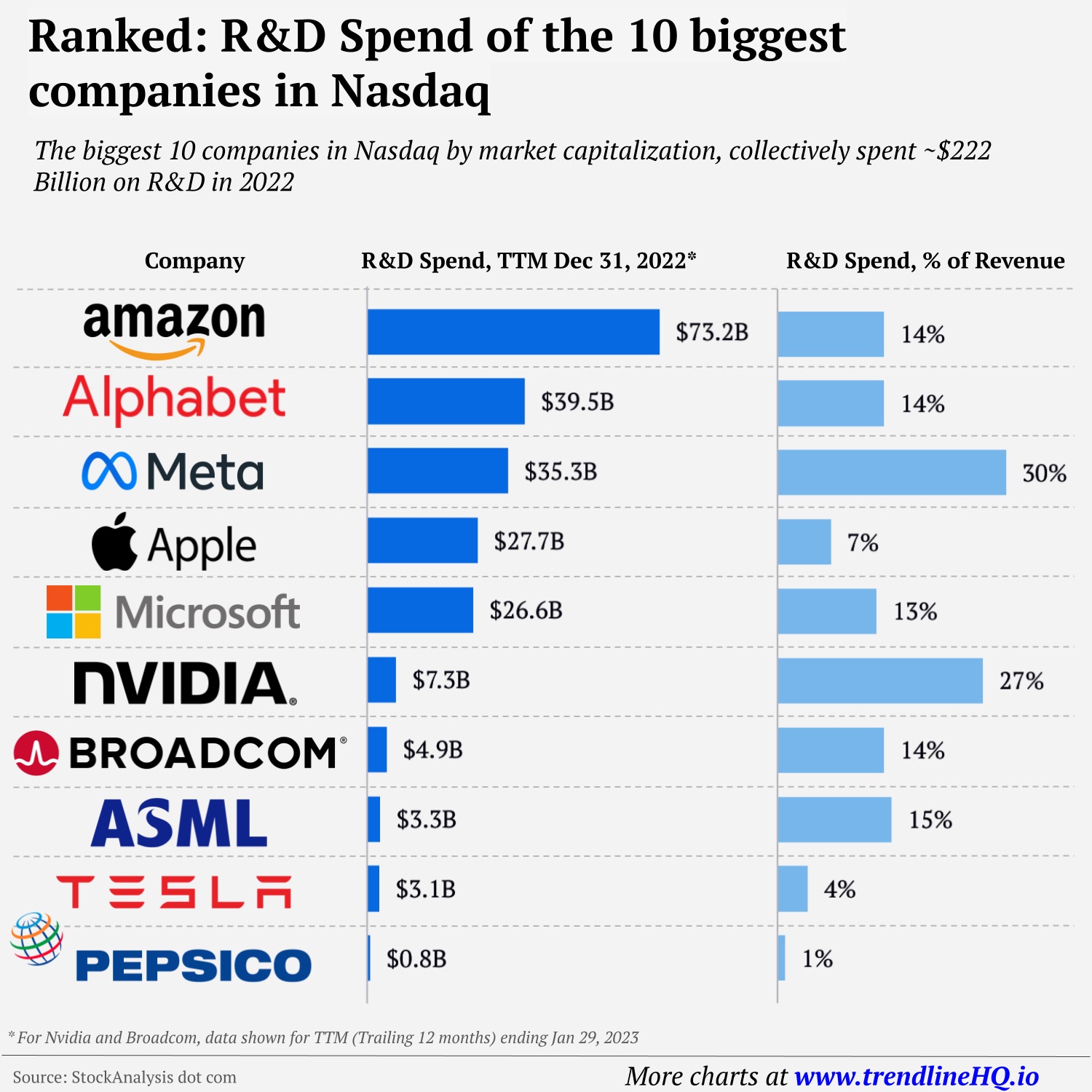What is the NASDAQ and Why Does it Matter?
The NASDAQ, a global electronic marketplace, has been a cornerstone of the financial industry since 1971. As the second-largest stock exchange in the world by market capitalization, it provides a platform for over 3,000 listed companies to raise capital, increase visibility, and offer liquidity to investors. Understanding the NASDAQ is crucial for investors, traders, and businesses alike, as it offers a unique window into the global economy, technological innovation, and entrepreneurial spirit. The exchange’s significance extends beyond its role as a marketplace, as it also serves as a bellwether for the overall health of the economy. With its far-reaching impact, it’s essential to grasp the NASDAQ’s importance and how it affects the business world.
How to Navigate the NASDAQ: Understanding Market Capitalization
Market capitalization, or market cap, is a critical concept for understanding the NASDAQ. It represents the total value of a company’s outstanding shares and is calculated by multiplying the total number of shares by the current market price. This metric is essential for investors, traders, and businesses, as it provides a snapshot of a company’s size and market value. On the NASDAQ, market capitalization is used to rank companies, with the largest companies, known as large-cap stocks, typically having a market capitalization of $10 billion or more. Mid-cap stocks have a market capitalization between $2 billion and $10 billion, while small-cap stocks have a market capitalization of less than $2 billion. Understanding market capitalization is crucial for making informed investment decisions, as it can impact a company’s volatility, liquidity, and growth potential. By grasping the concept of market capitalization, investors can better navigate the NASDAQ and make more informed investment choices.
The NASDAQ by the Numbers: A Closer Look
As of 2022, the NASDAQ is home to over 3,300 listed companies, representing a diverse range of industries, sectors, and market capitalizations. This number includes companies from the technology, healthcare, financial, consumer goods, and industrial sectors, among others. In terms of market capitalization, the NASDAQ is comprised of approximately 55% technology companies, 20% healthcare companies, and 10% financial companies, with the remaining 15% spread across various other sectors. Notably, the NASDAQ is also home to a significant number of small-cap and mid-cap companies, which can provide investors with opportunities for growth and diversification. Understanding the composition of the NASDAQ by the numbers is essential for investors, traders, and businesses seeking to navigate this complex and dynamic exchange. By grasping the breakdown of companies listed on the NASDAQ, investors can make more informed decisions about their investments and stay ahead of the curve in the ever-changing world of finance.
What Drives the NASDAQ’s Growth and Success?
The NASDAQ’s growth and success can be attributed to several key factors. One of the primary drivers is technological innovation, which has enabled companies to develop new products, services, and business models that have disrupted traditional industries. The NASDAQ has been at the forefront of this innovation, with many of its listed companies being leaders in fields such as artificial intelligence, cloud computing, and cybersecurity. Another important factor is entrepreneurship, which has led to the creation of new companies and industries that have fueled the NASDAQ’s growth. The exchange’s supportive regulatory environment has also played a crucial role, providing companies with the necessary framework to raise capital, list, and grow. Additionally, the NASDAQ’s global reach and reputation have attracted companies from around the world, further contributing to its growth and success. By understanding these factors, investors, traders, and businesses can gain valuable insights into the NASDAQ’s dynamics and make more informed investment decisions. As the NASDAQ continues to evolve, it is likely that these factors will remain key drivers of its growth and success.
How to Find and Research NASDAQ-Listed Companies
Finding and researching companies listed on the NASDAQ can be a daunting task, especially for those new to the exchange. However, with the right tools and resources, investors, traders, and businesses can easily navigate the NASDAQ and uncover valuable opportunities. One of the most effective ways to find NASDAQ-listed companies is through online platforms such as the NASDAQ website, which provides a comprehensive list of listed companies, including their ticker symbols, industry classifications, and market capitalization. Financial databases such as Bloomberg, Thomson Reuters, and S&P Global Market Intelligence also offer extensive coverage of NASDAQ-listed companies, including real-time data, news, and analytics. Industry reports and research firms, such as IBISWorld and Euromonitor, provide in-depth analysis and insights into specific industries and sectors, helping investors to identify trends and opportunities. Additionally, social media and online forums can be valuable resources for gathering information and insights from other investors and industry experts. By leveraging these resources, investors, traders, and businesses can gain a deeper understanding of the NASDAQ and make more informed investment decisions.
The Benefits of Investing in NASDAQ-Listed Companies
Investing in companies listed on the NASDAQ can provide a range of benefits for investors, traders, and businesses alike. One of the primary advantages is diversification, as the NASDAQ is home to a diverse range of companies across various industries, sectors, and geographic regions. This diversification can help to reduce risk and increase potential returns. Additionally, the NASDAQ is known for its growth-oriented companies, many of which are leaders in their respective fields. This growth potential can provide investors with opportunities for long-term capital appreciation. Furthermore, the NASDAQ is a highly liquid exchange, making it easier for investors to buy and sell securities quickly and at a fair price. This liquidity can be particularly beneficial for investors who need to respond quickly to changing market conditions. With over 3,000 companies listed on the NASDAQ, including industry giants and innovative startups, investors have access to a vast array of investment opportunities. By understanding the benefits of investing in NASDAQ-listed companies, investors can make more informed investment decisions and potentially achieve their financial goals.
Common Misconceptions About the NASDAQ Debunked
Despite its importance in the global financial market, the NASDAQ is often misunderstood by investors, traders, and businesses. One common misconception is that the NASDAQ is a volatile exchange, prone to sudden and dramatic fluctuations. While it is true that the NASDAQ can be subject to market fluctuations, this volatility is often exaggerated. In reality, the NASDAQ is a highly regulated exchange with robust risk management systems in place to mitigate potential risks. Another misconception is that the NASDAQ is only accessible to large institutional investors, and that individual investors are unable to participate. This is simply not true – with the advent of online trading platforms and brokerages, individual investors have greater access to the NASDAQ than ever before. Additionally, many NASDAQ-listed companies offer direct stock purchase plans, allowing individual investors to buy shares directly from the company. Furthermore, the NASDAQ is often seen as a high-risk exchange, with many investors believing that it is only suitable for experienced traders. However, this is a misconception – the NASDAQ offers a range of investment opportunities, from established industry leaders to innovative startups, allowing investors to tailor their investment strategy to their individual risk tolerance. By understanding these common misconceptions, investors, traders, and businesses can make more informed decisions about the NASDAQ and unlock its full potential.
Staying Ahead of the Curve: NASDAQ Trends and Insights
The NASDAQ is a dynamic and constantly evolving exchange, with new trends and insights emerging all the time. One of the key trends currently shaping the NASDAQ is the rise of cloud computing and artificial intelligence. As more companies move their operations to the cloud and invest in AI technology, the NASDAQ is seeing a surge in listings from companies in these sectors. Another trend is the growth of the fintech industry, with companies specializing in digital payments, blockchain, and cryptocurrency listing on the exchange. Additionally, the NASDAQ is seeing an increase in listings from companies in the healthcare and biotechnology sectors, driven by advances in medical research and the development of new treatments. In terms of regulatory changes, the NASDAQ is adapting to the evolving landscape of financial regulation, with a focus on improving transparency and disclosure. With over 3,000 companies listed on the NASDAQ, including industry giants and innovative startups, staying ahead of the curve requires a deep understanding of these trends and insights. By doing so, investors, traders, and businesses can position themselves for success in the rapidly changing world of the NASDAQ. Furthermore, understanding the NASDAQ’s trends and insights can provide valuable opportunities for investment and growth, as well as help to identify potential risks and challenges. As the NASDAQ continues to evolve, staying informed about the latest trends and insights will be crucial for anyone looking to unlock its full potential.






